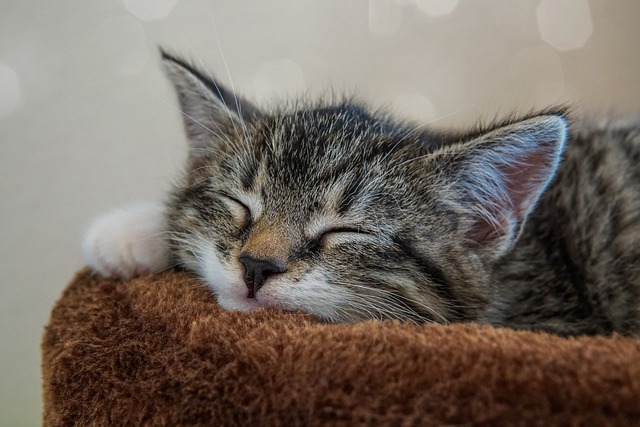Introduction
Cats are obligate carnivores, which means their diet primarily consists of meat. Understanding their specific nutritional requirements is crucial to keeping them healthy and happy. This guide provides essential information on what cats should eat at different stages of their lives.
Cat Diet Basics
- Carnivores by Nature: Cats evolved as hunters, relying on a diet rich in protein, fats, and some carbohydrates. This fundamental aspect of their biology remains true today.
- Balanced Diet: Along with protein, cats need a balanced mix of fat, carbohydrates, vitamins, minerals, fatty acids, and amino acids for optimal health.
Dietary Needs by Life Stage
- Kitten Diet:
- Kittens rely on their mother’s milk for the first 6-8 weeks.
- Once weaning begins, they require high protein levels, gradually decreasing as they grow.
- Calcium and fats are essential for energy and development.
- Adult Cat Diet:
- A balanced diet with 50-60% protein and 30-50% fat is recommended for adult cats.
- Adjustments may be necessary based on activity levels.
- Senior Cat Diet:
- While there are no strict guidelines, a senior diet typically starts around age 7.
- Consult your vet to tailor a diet that suits your cat’s specific health needs.
Types of Cat Food
- Dry Food:
- Made from a blend of meat, grain, vitamins, and minerals.
- Convenient and often coated in fat for added flavor.
- Some cats may have difficulty digesting it.
- Semi-Moist Food:
- Contains meat and additives with higher moisture content.
- Tastier for cats, but can dry out and spoil once opened.
- Canned Food:
- Offers a variety of meats, vegetables, or grains with high moisture content.
- Provides a good source of water for cats.
- Highly palatable, but ensure it meets nutritional needs.
- Homemade Food:
- Generally not recommended without vet approval due to potential nutrient imbalances.
- Treats:
- Occasional treats are acceptable, but avoid raw meat, canned fish, and milk.
- These can lead to health issues for cats.
Dealing with Picky Eaters
- Optimal Feeding Environment:
- Place food dishes away from litter boxes and in quiet, clean areas.
- Feed your cat separately from other animals if needed.
- Timed Feeding:
- Provide smaller portions for 15-30 minutes multiple times a day.
- Avoid prolonged periods of hunger, which can be detrimental to your cat’s health.
- Variety for Picky Eaters:
- Rotate between different foods to offer a range of flavors.
- Changing brands occasionally can also help maintain interest.
- Seek Veterinary Advice:
- If your cat suddenly stops eating, consult a vet to rule out any underlying health issues.
Conclusion
Understanding your cat’s dietary needs is essential for their overall well-being. By providing a balanced diet tailored to their life stage, you can ensure they lead a healthy and happy life. Always consult your vet for personalized advice.



